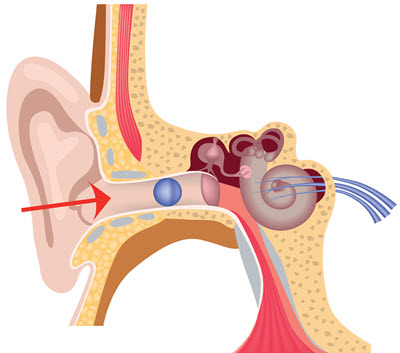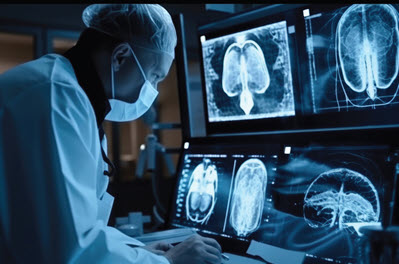Pinpoint the Best Codes for This Breast Exam
Question: A 63-year-old patient presented to a radiology practice for a diagnostic mammography exam with complaints of a lump in her left breast. The radiologist performed the diagnostic mammography, but due to the patient’s dense breasts, the provider had difficulty evaluating the images. The provider received a new order and performed a unilateral breast magnetic resonance imaging (MRI) exam without contrast and then with contrast. After interpreting the images and writing their report, the radiologist issued their findings as an abnormal lump in the lower outer quadrant of the patient’s left breast. How do I report this encounter? Montana Subscriber Answer: You’ll assign two CPT® codes and two ICD-10-CM codes to report this encounter. Starting with the diagnostic mammography, you’ll assign 77065 (Diagnostic mammography, including computer-aided detection (CAD) when performed; unilateral) appended with the LT (Left side) modifier to specify which breast was imaged. You’ll then assign R92.332 (Mammographic heterogeneous density, left breast) to report the dense breast tissue as the findings of the unilateral diagnostic mammogram. Next, you’ll turn your attention to the breast MRI exam. The provider performed the MRI without contrast, then administered contrast and captured additional images. You’ll assign 77048 (Magnetic resonance imaging, breast, without and with contrast material(s), including computer-aided detection (CAD real-time lesion detection, characterization and pharmacokinetic analysis), when performed; unilateral), and you’ll append modifier LT to the code as well. Finally, you’ll assign N63.23 (Unspecified lump in the left breast, lower outer quadrant) to report the radiologist’s findings of an abnormal lump in the left breast’s lower outer quadrant.




